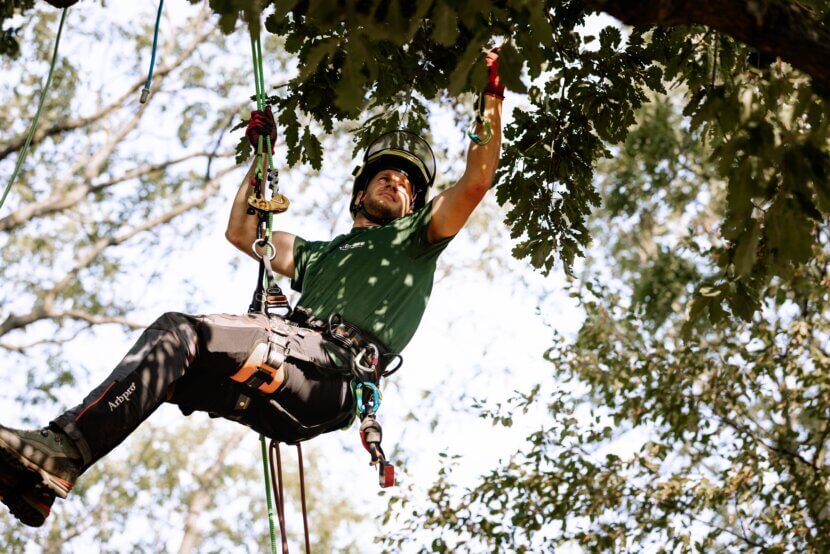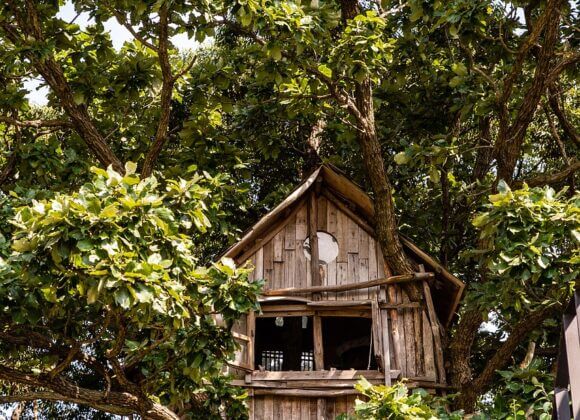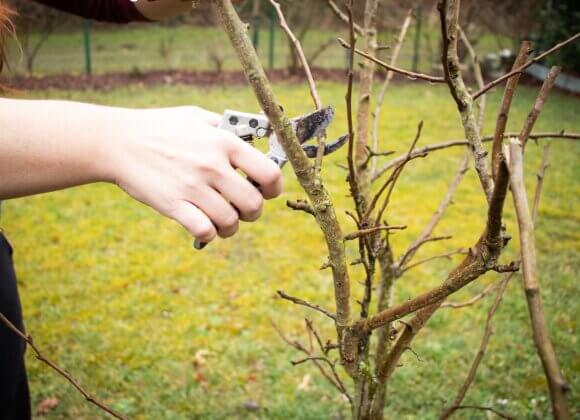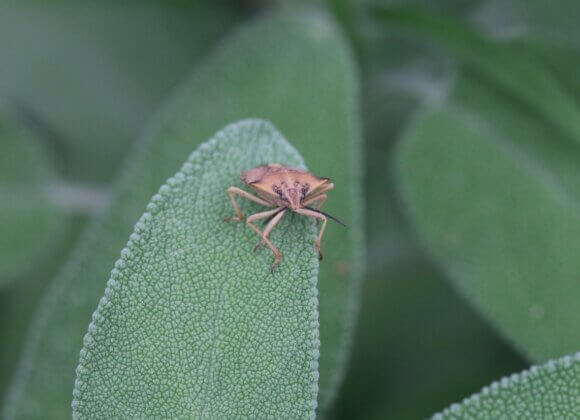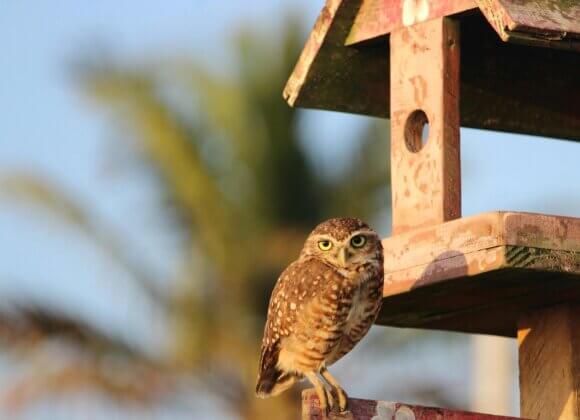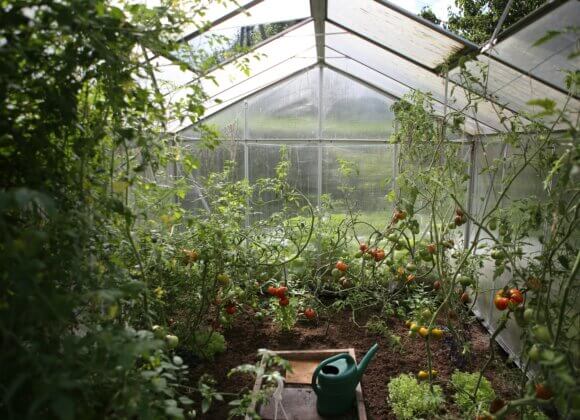The spruce is infested by the bark beetle, the ornamental cherry is damaging the canal, the beech has to make way for a new building – sometimes tree felling cannot be avoided. There are a few things to bear in mind in Vienna, as Iring Süss, Managing Director of “TreeBee” tree pruning and work at height, explains.
They provide shade, sometimes also food, serve as shelter for birds and other creatures and supply oxygen – trees are an indispensable part of the ecosystem. But sometimes there is no way around cutting down a tree. “The main reasons for this include the fact that the tree is no longer healthy or that there is a building project on the site,” explains Iring Süss.
Strict tree protection law
Anyone who thinks they can simply reach for a chainsaw in these cases is mistaken. “Vienna has a tree protection law that was updated and tightened up last year,” says Süss. The provisions of this law apply to all deciduous and coniferous trees whose trunk circumference – measured at a height of one meter – is at least 40 centimeters. This means that these trees may only be felled with an official permit. Even if they are located on private property.
Fruit trees are exempt from the law
The only exceptions to the Vienna Tree Protection Act are fruit trees – these can be felled without permission. “There is a separate list of what counts as a fruit tree,” says Süss. Walnut trees, for example, are considered fruit trees, but ornamental apple or cherry trees are not. Separate regulations also apply to trees in allotment gardens and forests.
Approval by the magistrate’s district office
Anyone planning to fell a tree must apply to the relevant municipal district office for the relevant permit. “Even if the tree is already broken, it can’t simply be felled,” says Süss. After an on-site inspection, a decision is made as to whether the tree can be felled or not. According to Süss, it takes an average of two to three months before the decision can be made. There is then a two-week appeal period and only then, if the decision is positive, can the tree be felled. “If the tree is broken and there is potential danger, the decision is issued more quickly,” says the expert.
But there is something else you should know about the decision: Permits issued from April 16, 2024 onwards lose their validity if the tree is not removed within two years of the permit becoming legally effective.
Tree felling as a challenge
Felling trees in densely built-up areas can be quite a challenge. This is because local conditions rarely allow the tree to be felled in its entirety or in just a few parts. In narrow courtyards and other places where this would be too dangerous or the use of equipment is not possible due to the confined space, manual work is required. “In these cases, we climb the tree, take it down piece by piece and carry it to the truck. Nevertheless, our aim is to finish the construction site in one day and we manage to do this 95 percent of the time,” explains Süss. The work is much quicker if a crane can be used. “In this case, the tree is often only cut into three or four parts, which are lifted onto the truck by the crane,” says Süss. Speaking of which: if you want to know where the felled tree ends up, here is the answer – it is usually composted.
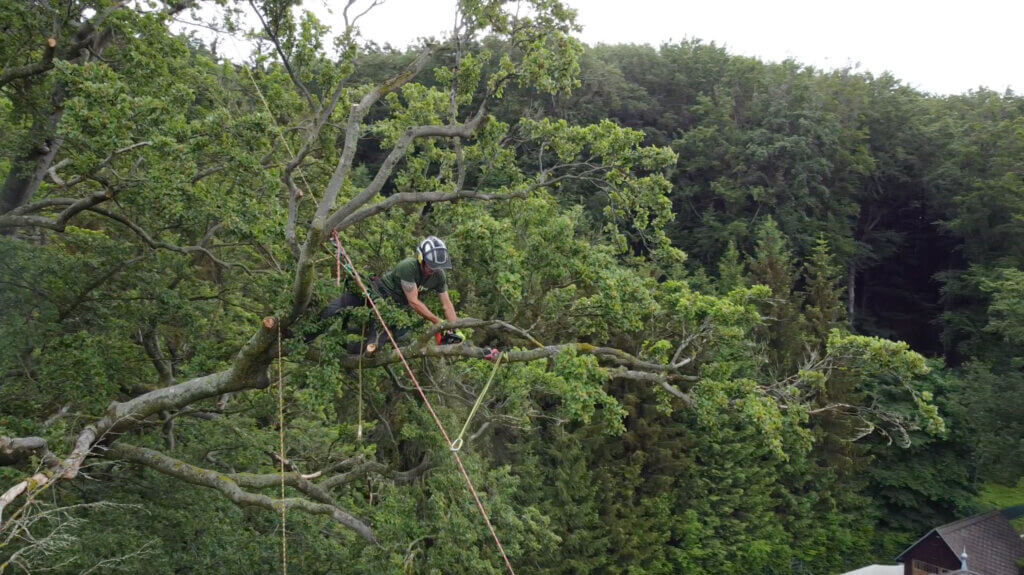
What does tree felling cost?
For small trees, you have to reckon with costs from 1,000 euros, the use of a crane costs from 3,000 euros, according to the expert.
Replacement planting is mandatory
However, the cost of felling trees is not enough. If tree removal is approved, replacement trees usually have to be planted. How many and which trees are to be planted at which location is determined by the municipal district office in the decision. The professional replanting is checked by the Vienna City Gardens. “Anyone who is unable to carry out replacement planting on the property can do so within the district,” says Süss. If this is not the case either, a compensatory levy of 5,000 euros is imposed.
Prevent tree felling with tree care
Trees are a bit like teeth: Good care prevents the worst. “Tree care is about avoiding tree felling as far as possible,” says Süss. For example, branches growing towards the façade are professionally pruned, and training pruning of young trees prevents branches from breaking off later. This is important because the breakage points provide an entry point for fungi that damage the tree.
Maintenance measures also include reducing ivy growth on trees or securing large, overhanging branches with crown protection. “Awareness of tree care is increasing. You can tell how important your trees are to customers,” says Süss happily.

Iring Süss is not only the managing director of TreeBee, but also a specialist in rope access technology, silo cleaning, height rescue, assembly, rescue concepts and blasting.
Photos: Monika Pachler-Blaimauer and Tree Bees
Related posts:


